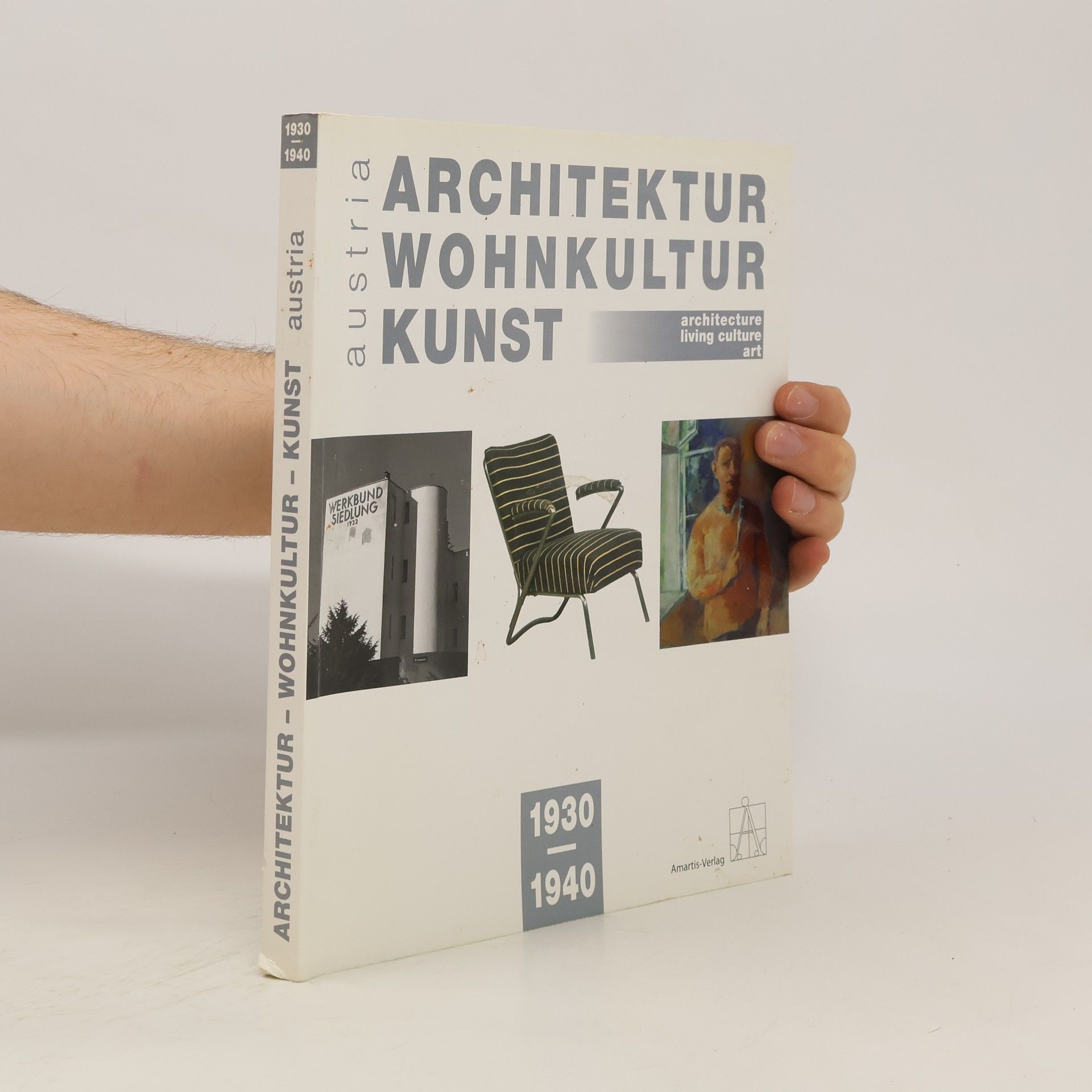Gustav Klimt
- 129 pages
- 5 hours of reading
Das Palais Stoclet in Brüssel wurde 1905 von Adolphe Stoclet in Auftrag gegeben und als Gesamtkunstwerk von Künstlern und Freunden der Wiener Werkstätte ausgestattet. Gustav Klimt (1862-1918) gestaltete einen dreiteiligen, aus 15 Teilelementen bestehenden Mosaikfries für den Speisesaal. Klimts berühmte Entwürfe, darunter die Motive Erwartung, Erfüllung und Lebensbaum, entstanden in den Jahren 1910/1911. Sehr exakt übermittelte er der Wiener Werkstätte seine Vorstellungen von Material, Farbnuancen und Oberflächenreflexen. Zum Abschluss der mehrjährigen Restaurierungsarbeiten vollzieht die Publikation nun Klimts Arbeitsweise nach und vergleicht seine Anweisungen mit den ausgeführten Mosaikteilen und Arbeitsrelikten der Wiener Werkstätte. Restaurierung und Konservierung des Frieses werden dokumentiert und erläutert. Die Aneignung der Motive in historischer und kunsthistorischer Hinsicht wird ebenso beleuchtet wie Klimts Rezeption japanischer Malerei. Ausstellung: MAK, Wien 21.3.-15.7.2012

